|
Would you like free running coaching for a whole year? Each year I offer two sponsorships to runners. The sponsorships are for a full year of online running coaching and I invite you to apply. In 2019 I helped athletes complete a diverse range of goals. Here is a snapshot of a few successes from the year:
For 2020 I have one sponsorship place left and invite all interested athletes to contact me. The invitation is open to any runner from the age of 16 upwards. It is also open to all abilities of athlete, from novice to elite, female or male. As a sponsored athlete you will get full access to the same coaching experience as my paid athletes - full details here. If you have never had a coach before, there is more information in the post, "Why do I need a Running Coach".
All you need to do to apply is connect with me through Facebook and send me a message via Messenger. In your message, please tell me about yourself. What is it about running that you love, and what are your running goals for 2020?
1 Comment
Why do I need a running coach? This is actually a very important question to ask yourself. As Simon Sinek says - start with WHY! I think there are a number of reasons why a running coach is a good idea and why a running coach can be a valuable resource for any runner - regardless of their level of experience.
Running coaching is my passion, and if you are looking for a running coach, or have any questions please get in touch. For more information about my coaching services please click this link. One of the most common technique errors I encounter when assessing running technique is the lazy heel lift. Essentially what happens is that the swinging leg (as it leaves the ground at the point of push off), remains extended behind the body for too long. This then leads to (or is caused by) over striding and results in a scissoring running style, where the legs resemble a pair of scissors swinging through the air. Scissoring is a problem because it is inefficient, particularly at higher running speeds. To understand why, you need to consider some basic physics. When you swing something through the air (in this case your legs, with the pivot point at your hip joint), you create a lever arm. The longer the lever and the faster you try to swing the lever, the harder you are going to have to work. To make it easier, or more efficient, you either have to swing the lever more slowly (this is what happens when you run at slow speeds) or shorten the lever (seen more at quicker speeds). To demonstrate, try this simple test:
So how does this apply to running in the real world? Well, it is hard to measure how much energy is required to swing your leg during running but it is estimated to be in the region of 20% of the total energy cost, in other words, a really high percentage. Anything you can do to optimise your energy expenditure when running will improve your running economy and allow you to run further and faster for the same effort and reduce your risk of an injury. Lets see what this looks like at different running speeds: Notice in the above pictures how the principal difference is in the degree of knee bend of the swinging leg. The rest of the body looks remarkably similar, given the difference in pace. Knee bend of stance foot, foot position, torso angle, even arm position all look virtually the same at the different speeds. However, in the 18km/h technique, the runner has shortened the lever between the hip and the end of the limb (foot), by bending the knee to a much more acute angle. The 10km/h technique still demonstrates a knee bend, but to a much lesser extent. Finding the sweet spot of just the right amount of knee bend at your different running paces is one of the keys to developing a good running technique. How do you know if you have a Lazy Heel Lift? Some of the things you might be experiencing if you have a lazy heel lift are:
Ok, I have a Lazy Heel Lift. What should I do to correct it? The first and most important thing is to assess your running technique. The Lazy Heel Lift can be a sign that something else is going on with your technique or biomechanics, and running injuries should always be assessed before handing out blanket advice. Once you have ascertained the reason behind the Lazy Heel Lift, then there are exercises, drills and technique cues you can implement to have you shortening your levers and boosting your performance in no time! To learn more about your running technique then please join one of our group workshops or read more about a 1:1 technique assessment.
Happy Running :) |
Categories
All
Archives
August 2023
|
Copyright © David Coombs 2023
|

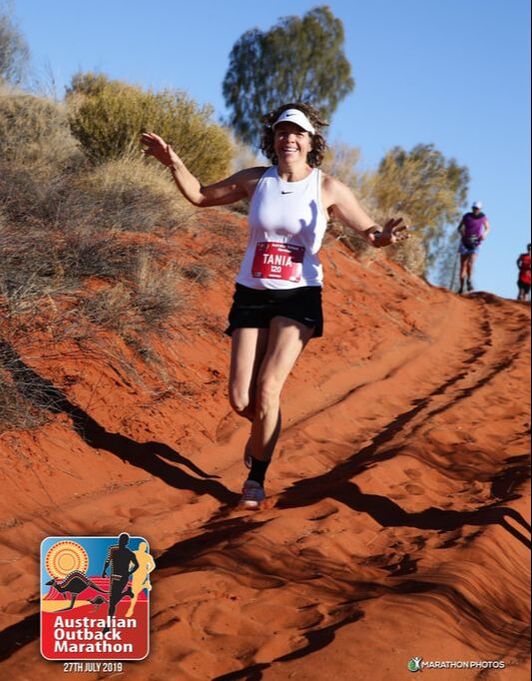
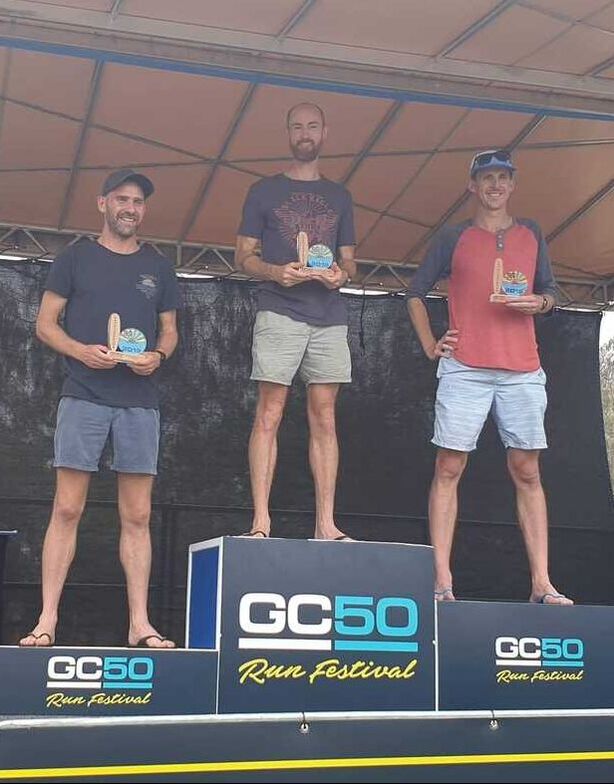
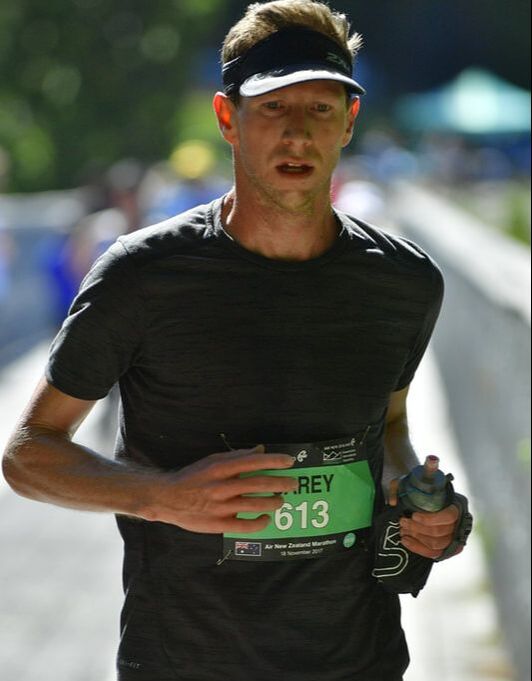
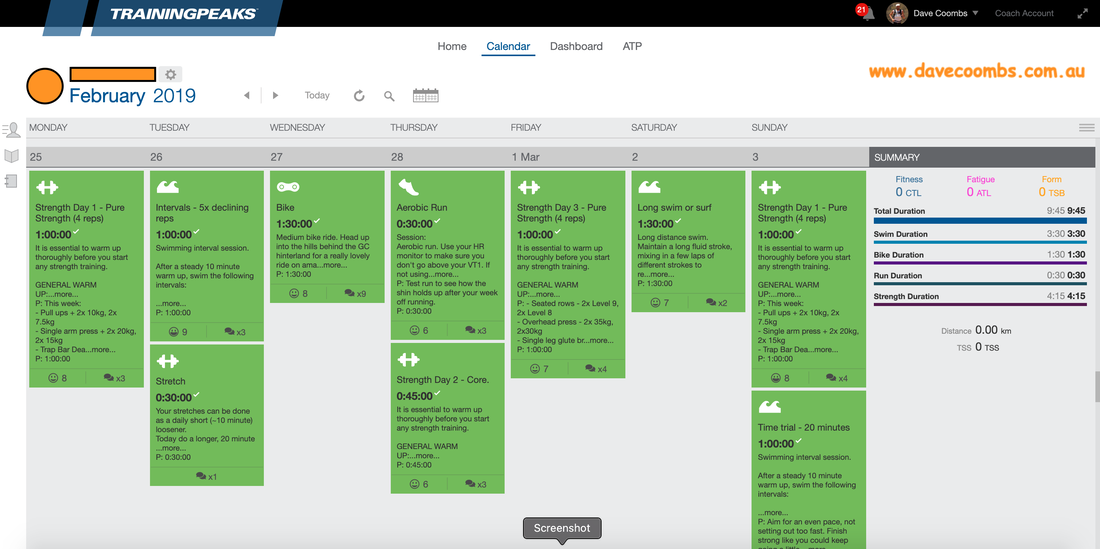
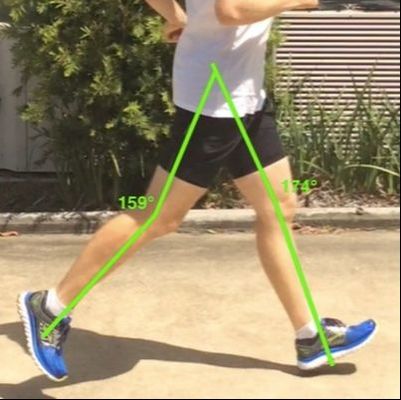
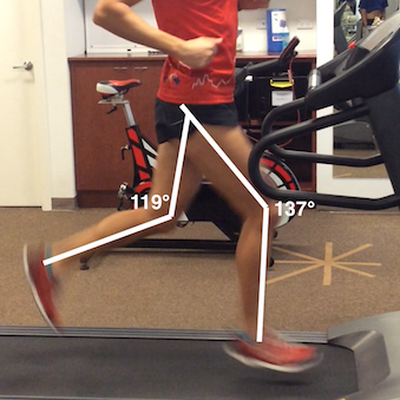
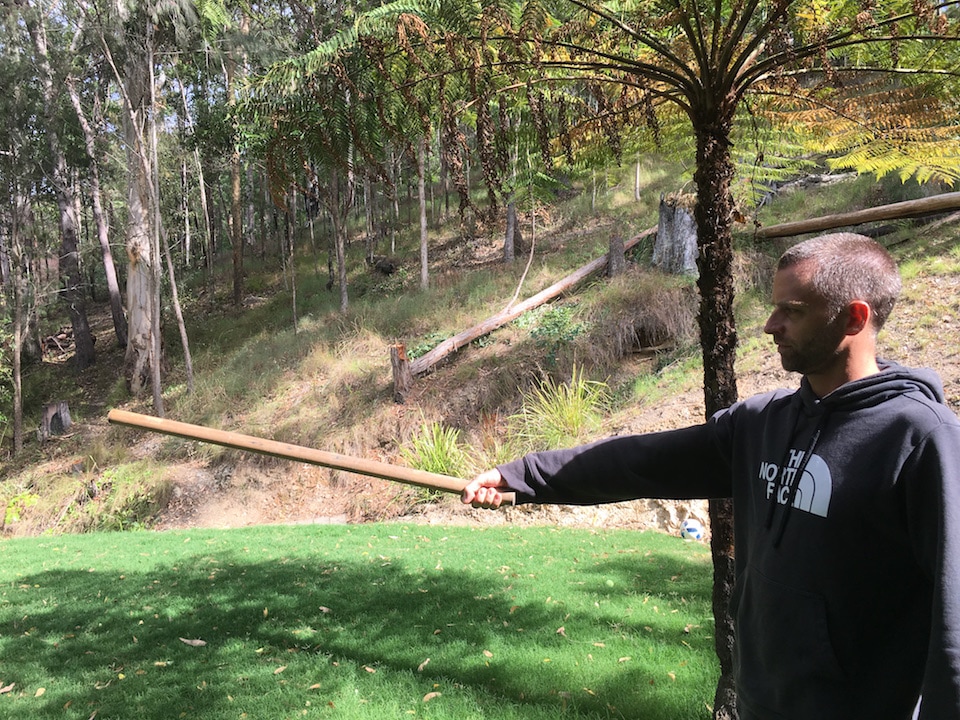
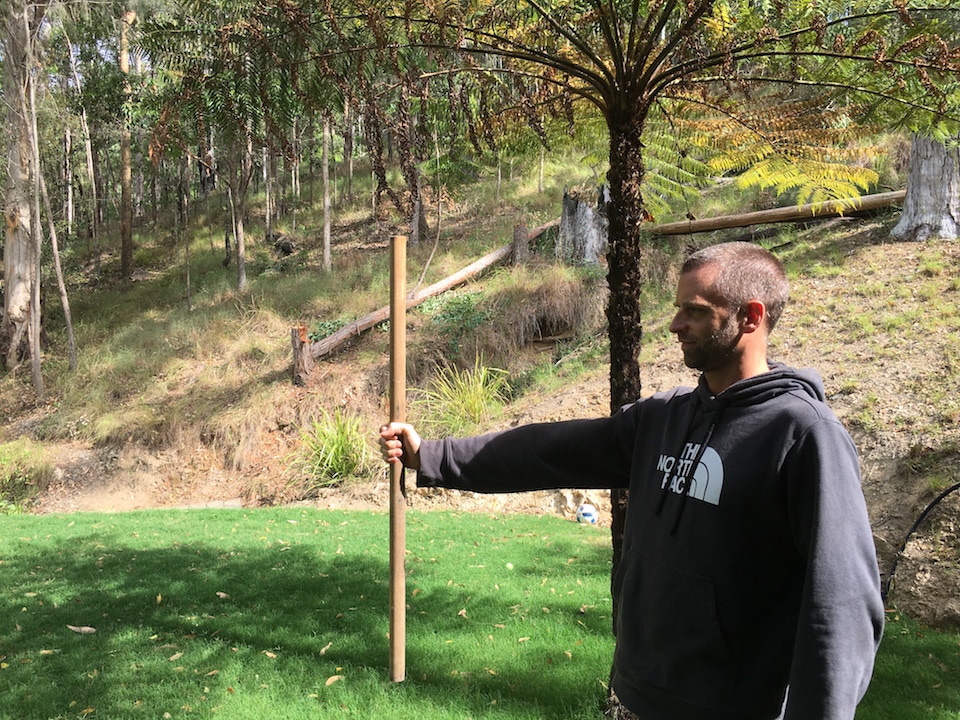
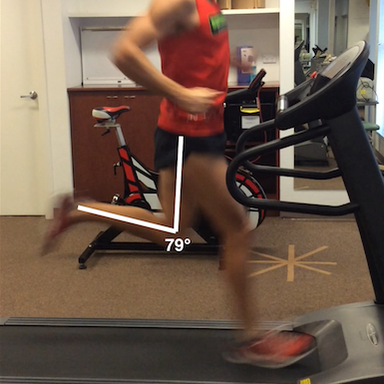
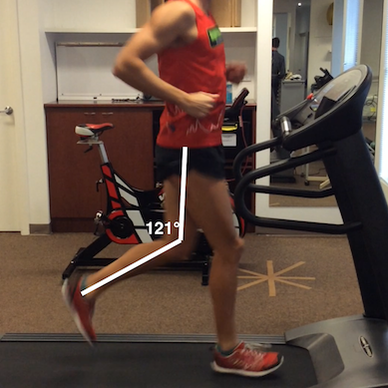
 RSS Feed
RSS Feed